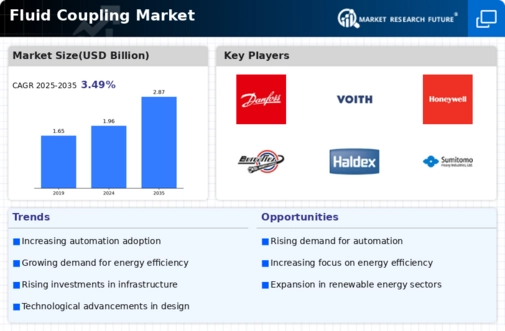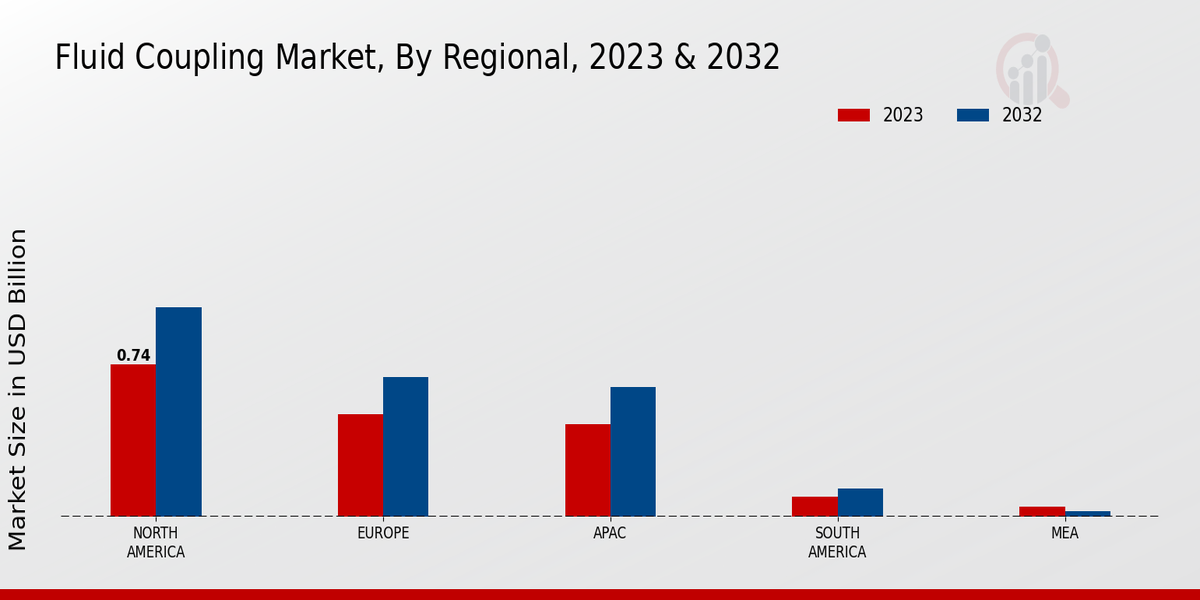The Fluid Coupling Market has witnessed a dynamic evolution, fueled by increased industrial automation and the need for slow-start and shock-load protection features in various applications. Companies operating in this market are constantly innovating to enhance operational efficiency and sustainability. The competitive landscape is characterized by both established players and emerging manufacturers striving to provide advanced solutions tailored to the needs of end-users across various industries, including automotive, mining, and manufacturing. Technological advancements in fluid coupling designs have become paramount, with a focus on maximizing performance, durability, and energy conservation.
As the market becomes increasingly competitive, companies are leveraging their unique strengths and capabilities to gain traction and expand their market share.KTR Systems has emerged as a formidable player in the Fluid Coupling Market, showcasing a robust market presence bolstered by extensive experience in mechanical drive technology. The company has established itself as a recognized leader by delivering high-performance fluid couplings known for their reliability and efficiency. KTR Systems capitalizes on its strong engineering capabilities and comprehensive product portfolio to meet the diverse demands of various industrial applications.
The company's commitment to innovation is further evidenced by its continuous investment in research and development, allowing it to enhance product functionality and performance. This strategic focus on quality and customer satisfaction has significantly contributed to KTR Systems' ability to maintain a strong competitive edge in the fluid coupling domain.
Demag is another key player in the Fluid Coupling Market, renowned for its high-quality engineering solutions and expansive product offerings. The company has a solid reputation built on decades of expertise in the design and manufacturing of industrial equipment, including fluid couplings. Demag's strength lies in its ability to offer customized solutions that address specific operational requirements, ensuring optimal performance across a variety of applications. The company emphasizes innovation, leveraging the latest technology to enhance the efficiency and reliability of its products.
With a strong global footprint and a commitment to customer service, Demag continues to expand its presence in the fluid coupling market, making significant contributions to the industry through its advanced engineering practices and a focus on sustainability.











